CSotD: Rising to a Nasty Point of Personal Privilege
Skip to commentsDD Degg has already covered the basics of the Overseas Press Club’s decision to unname their annual award for best political cartoonist. You can also find coverage at Bado’s blog, the American Association of Editorial Cartoonists’ report here and, if you have good eyesight and don’t mind scrolling way down to the bottom of an article about something else, the OPC’s own brief explanation.
So, if you’ve read enough and want to move on, I understand, but the above cartoon was the foundational cartoon of a presentation I did for hundreds of high school classes over more than a dozen years, and, even if this is only like those speeches Senators make to an empty chamber, I’d like to get my opinion of Thomas Nast on the record.
When the kids — usually juniors and seniors — came into the auditorium, this cartoon would already be up on the screen, in part because it was the first cartoon I was going to discuss but also because it is so complex and well-drawn that it gave them something to gaze on and ponder during about 15 minutes of general discussion.
During that intro, I talked about their own social structure of cool kids and uncool kids, and how it wasn’t based on merit, since the “uncool” kid might be in a religion where they couldn’t dress certain ways or in a family business where they couldn’t go hang out after school.
And was probably okay with where they were at.
Meanwhile, the coolest of the cool kids didn’t even know he or she was cool, because part of their cool was not worrying about such things.
But there was (Don’t read this, cartoonists) always some kid who fretted about who was cool and who was uncool and was always stirring things up, starting gossip, making trouble.
Then we talked about the partisan press and how each town once had two papers, which was hard to explain in the early years of the presentation, but became easy once Fox and MSNBC had emerged.
And finally we got around to the little Republican pitbull whose work was on the screen and who was hired by various like-thinking journals for the purpose of attacking Democrats.
I’d explain the Tweed ring, and how, had Tammany Hall been a GOP stronghold, Nast would likely have held his fire.
And I’d quote that thing Tweed said about how his constituents can’t read but any damn fool can look at pictures, and talk about how, while there were many long, important articles about Tweed being written, even literate people put long, important articles aside to read later.
While cartoons hit here, and now, and — in the right hands — hard.
I’d even tell the story of how Tweed escaped and headed for Spain, but the Americans sent a cable asking the Spanish authorities to watch for the man who looked like the cartoon on a certain page of Harper’s Weekly of a certain date.
And how Nast was a good enough caricaturist that it worked.
Then I’d bring up this cartoon, in which the Irish monkey person, with a revolutionary pin on his lapel, a bottle in his pocket, a gun in his belt and his I-just-got-here poor immigrant’s possessions in a bandana, dictated to Democratic Candidate Horace Greeley, and Greeley listened, as did the priest around the corner, since those Irish only do what the priest tells them.
Which is why it would be such a mistake to elect Democratic Candidate Francis Kernan to New York’s governorship, since, as an Irish Catholic, he’d be taking his orders strictly from, as Nast put it, “Our Foreign Ruler.”
And I’d talk about how much the Irish hated the little Republican pitbull who caused them so much pain at a time when they were struggling as unwelcome immigrants.
But then I’d put up his obituary cartoon for James Garfield, and we’d talk about the long vigil America had been through, and how brilliant Nast was to depict the ordeal by showing the tall, armored, powerful goddess, Columbia, reduced to an unarmed, weeping, heart-broken woman.
I’d tell them that Thomas Nast had hurt my people very much, but that he was undeniably the most brilliant, influential cartoonist in American history as well as a great artist.
And that I wish him well, I acknowledge his incredible talent, and that, wherever he is today, I hope he’s nice and warm.
They’d laugh, they’d get it, and we’d segue to our next brilliant cartoonist with an equally effective obituary cartoon.
So about that award.
Thomas Nast’s name sticks in my craw whenever it comes up, and I’m less comfortable with the award now, knowing that it doesn’t date back to the 1930s but was named in 1978, late enough that someone might have raised the objection back then.
But who else has ever combined such artistic talent with the level of influence he held?
We’ve seen other great cartoonists — Frank Beard, Berryman, Mauldin, Herblock — but nobody who combined everything Nast brought to the game, including the fury.
Politics ain’t beanbag, as Irish-American Peter Finley Dunne put it, and good political cartoons contain a level of fury.
Nast’s got out of control a bit too often, but here’s another part of the puzzle:
A. Jefferson owned slaves, women couldn’t own property, cartoonists mocked the Irish. You’re not required to approve of history. You’re just supposed to learn from it.
B. I’m all for continuing to be kind to the unhealed. But the Irish have had themselves a President and Maggie’s society pals no longer care if Jiggs smells of corned beef and cabbage or likes to play poker. We’re both well-heeled and well-healed, thank you.
The A-O-Haitch, which raised this issue, should get over itself, lest someone remember that the last time they spoke out on a matter of social justice, they were fighting for their right to bar Patrick Fitzgerald and Gerald Fitzpatrick from the St. Paddy’s Day Parade.
As for the award, I’d have voted to keep things as they were, but it’s okay to make sure the name doesn’t offend somebody.
Just so long as the recipient does.
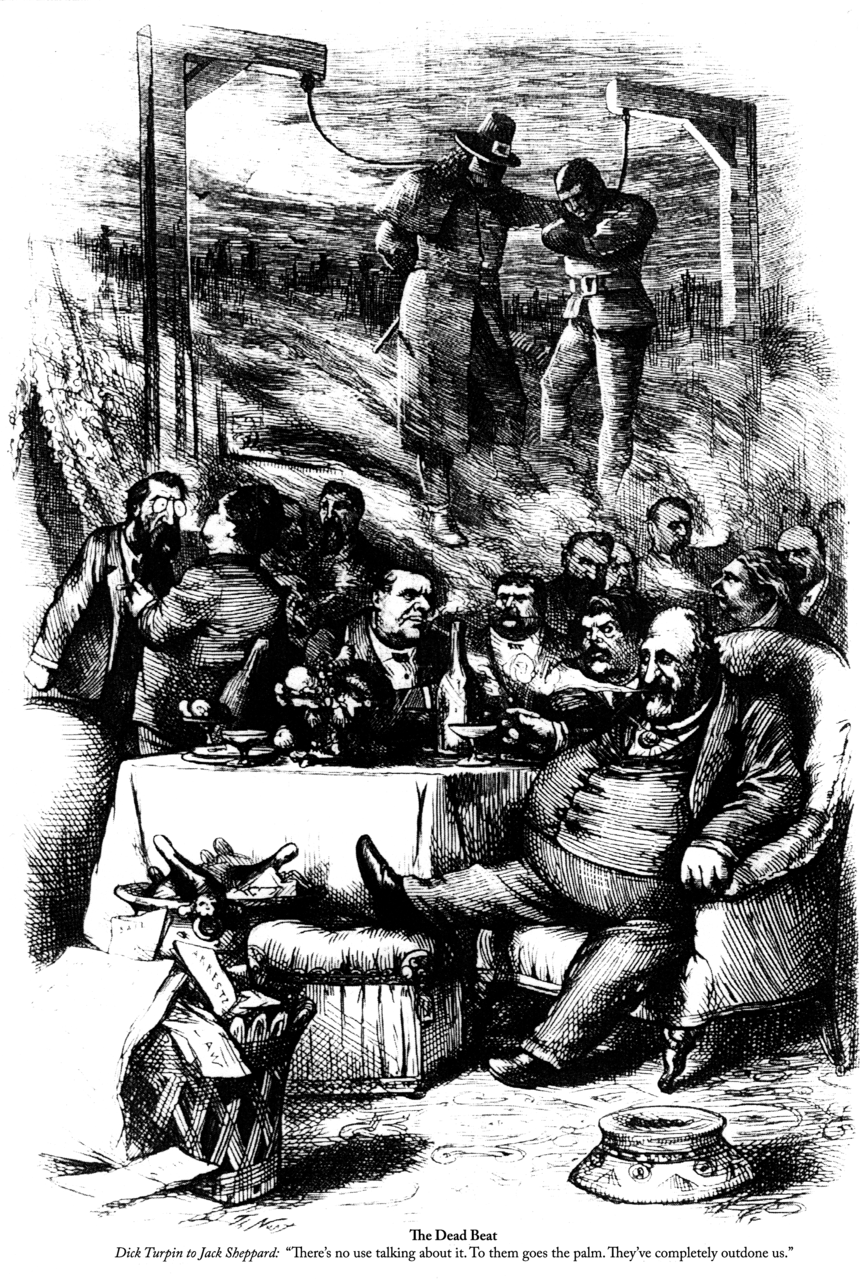
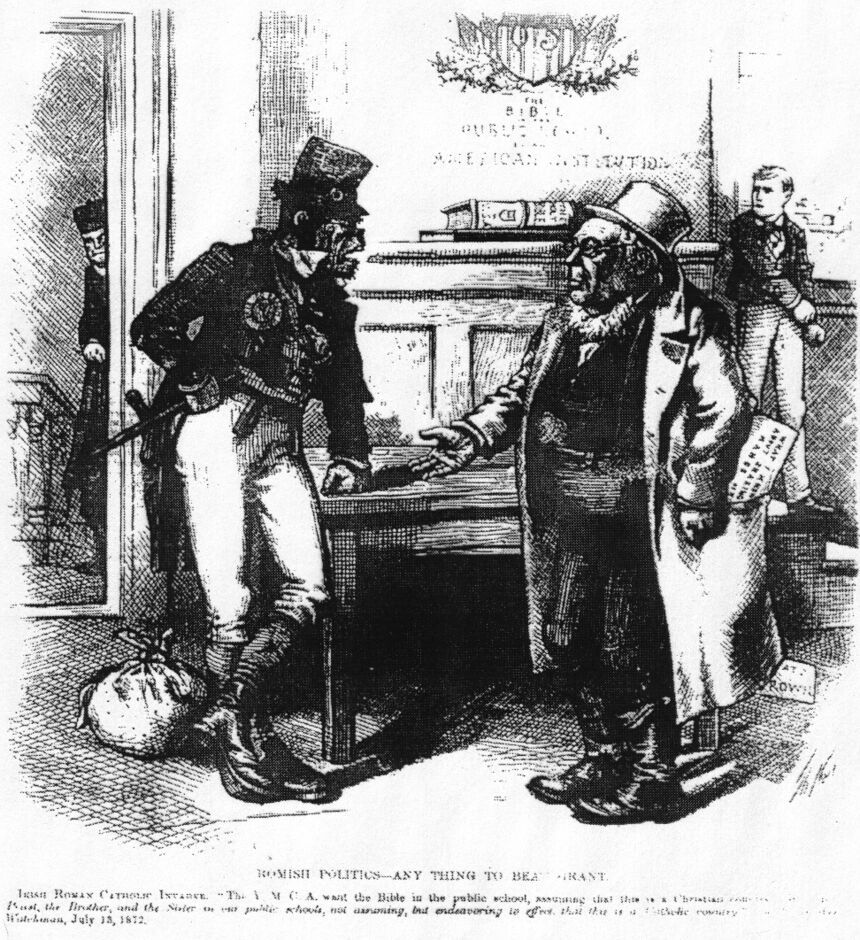
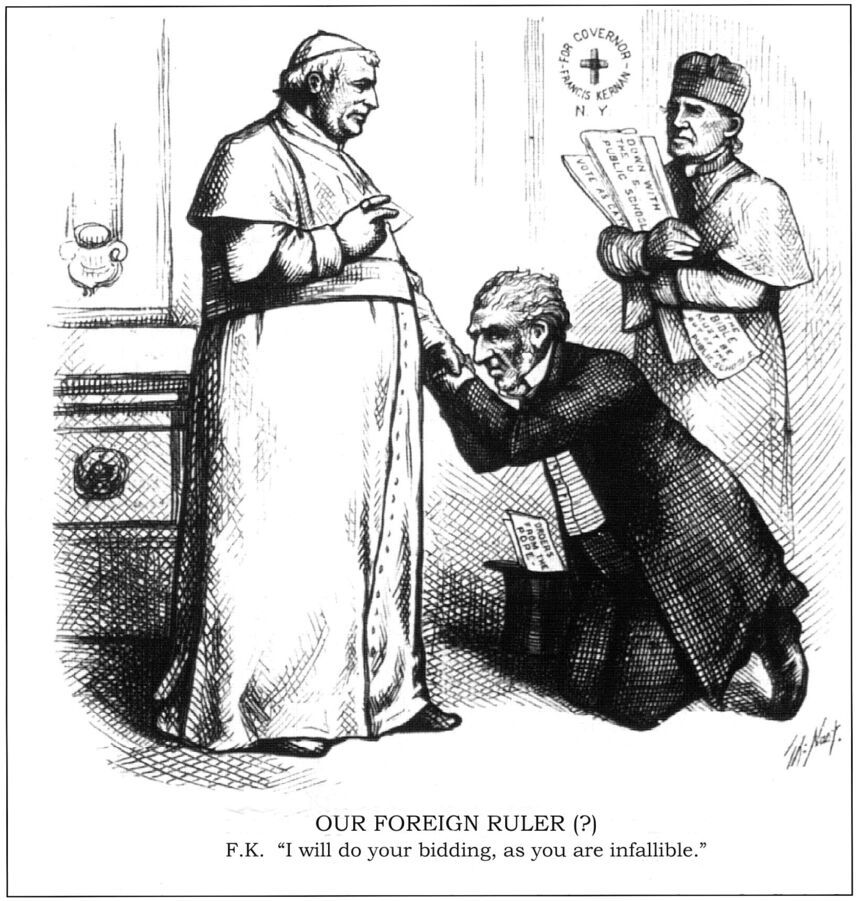

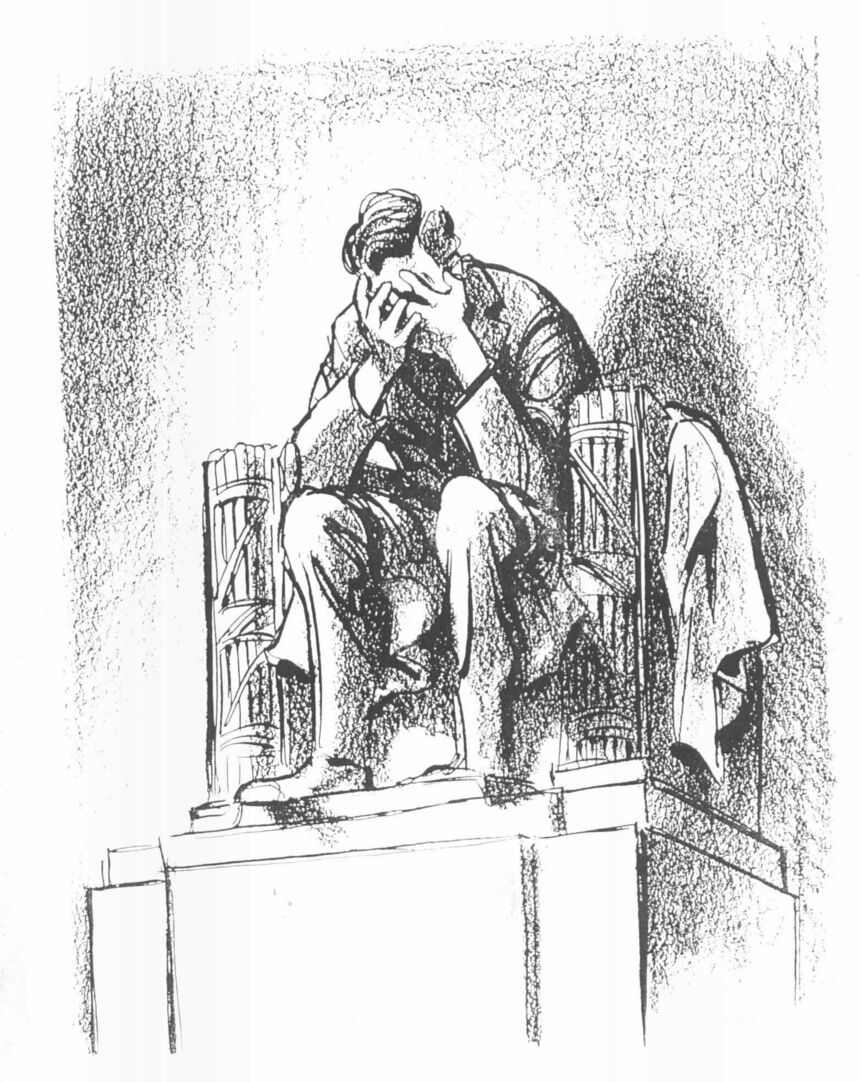
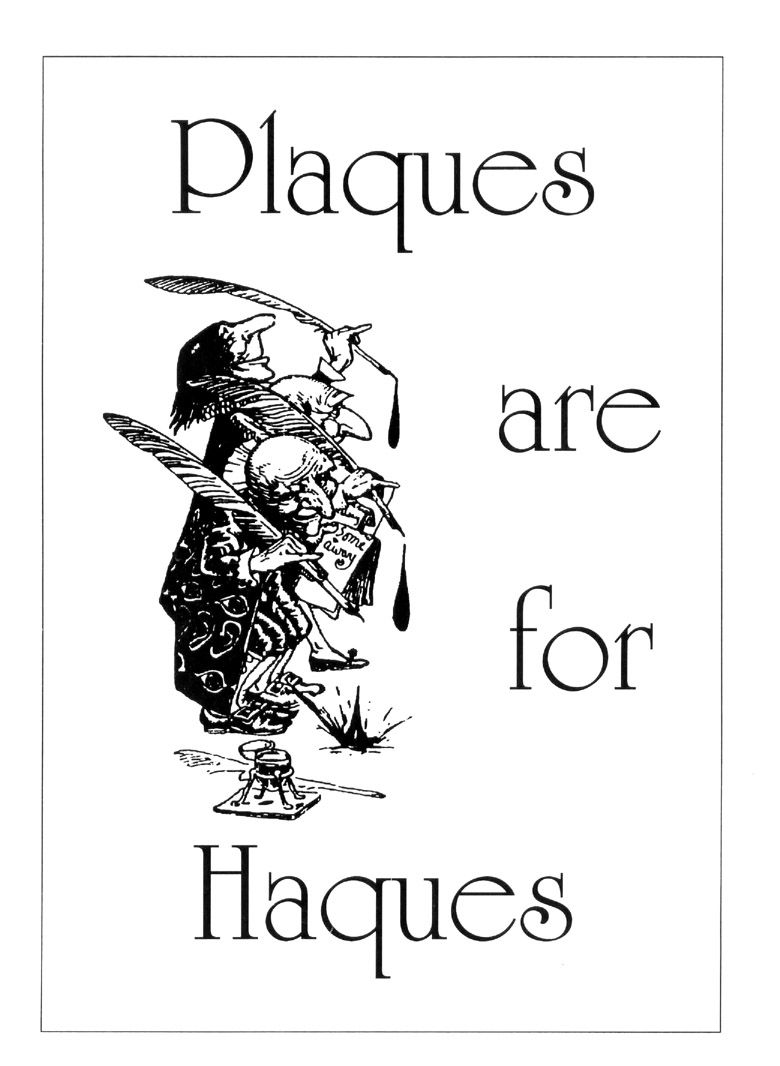
Comments 2
Comments are closed.